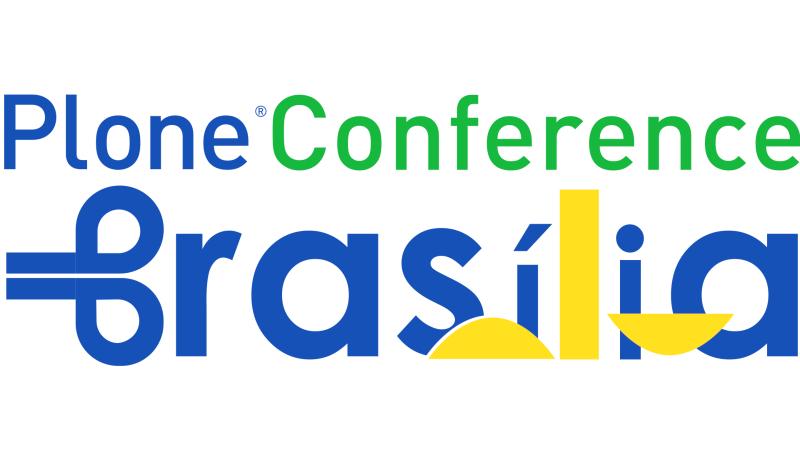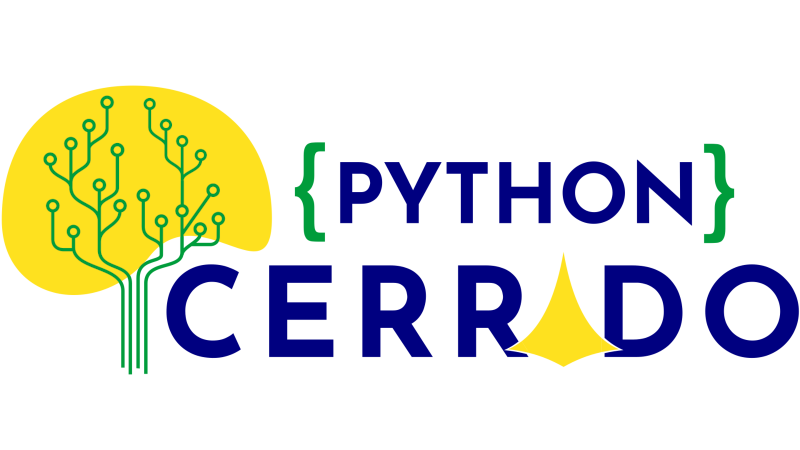Best practices for caching Plone with Varnish at large scale
Varnish is a reverse caching proxy that accelerates HTTP applications like Plone. This session focuses on the best practices to setup and configure Varnish in a Plone setup at massive scale.
Scalability of websites and applications is often challenging.
Using a caching proxy like Varnish, can alleviate a lot of pressure from the infrastructure and make applications faster. Plone caters to those needs with built-in caching HTTP features, and support for caching proxies.
In this session we’ll be looking at some Varnish best practices to scale your Plone setup and handle massive amounts of requests.
We’ll talk about:
- HTTP caching headers
- The Varnish Configuration Language (VCL)
- Cache revalidation & stale content
- Cache purging strategies
- Content negotation & authentication
- Parameter tuning & cache storage configuration
- Kubernetes deployments
- Select enterprise features
- Plone-specific configurations
- Troubleshooting & observability
As an employee of Varnish Software, we deal with scalability issues all the time. We deal with applications written in different programming languages, using different frameworks.
For us it makes sense to embrace Plone and add it to our catalog of supported projects. Our goal is to share some best practices that we see in our day to day. This is mostly from a Varnish-centric perspective.
Deploying Varnish in a Plone architecture is not that hard, but at massive scale, you really want to maximize the cache hit rate, avoid unnecessary misses, and deeply care about a flawless cache invalidation strategy when content changes.
We'll share a lot of the lessons we learnt over the years and we'll explain some of the Plone-specific things you need to be aware of when operating at such scale.
This presentation is in part an introduction into the capabilities of Varnish, but it will quickly go into an overview of what exactly you need to do to get the most out of Varnish.


